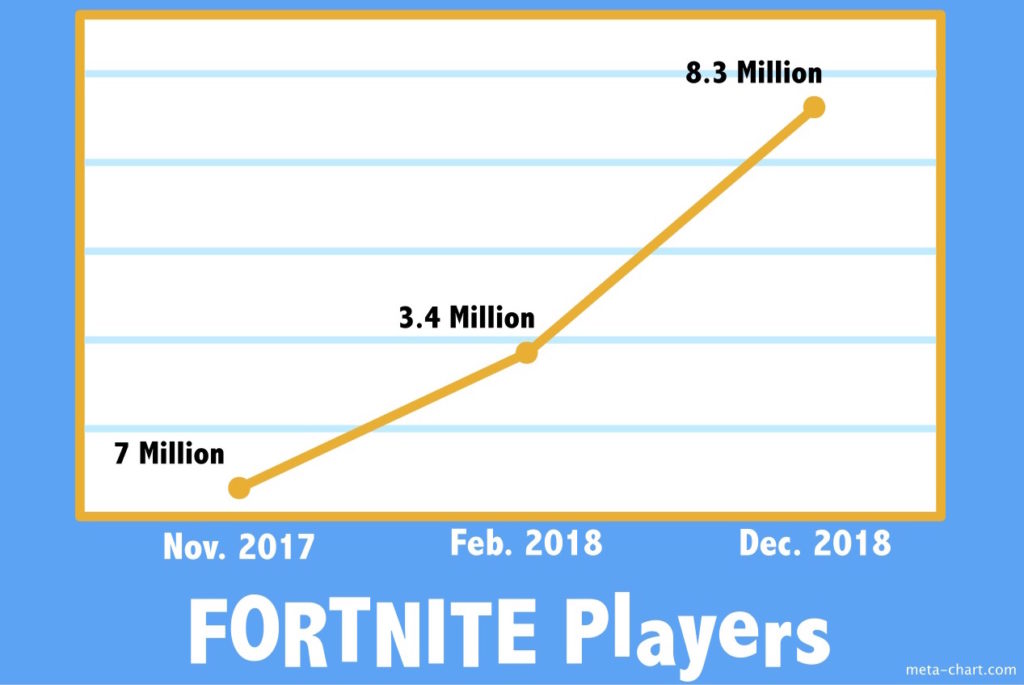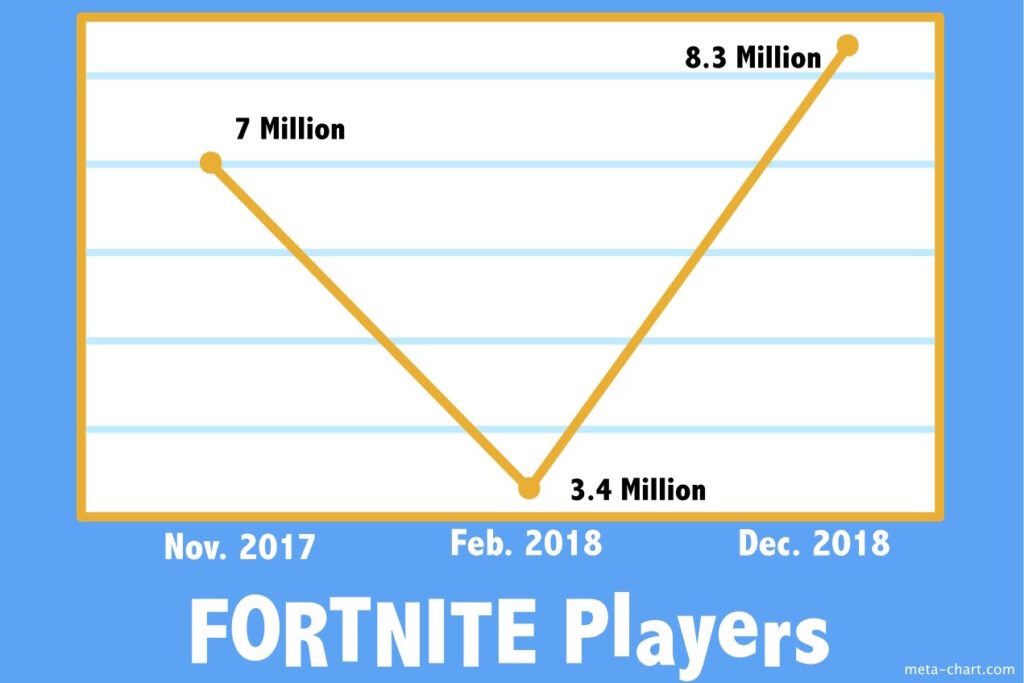Since its initial launch in July last year, Fortnite has attracted over 125 million players across multiple platforms including Xbox, Playstation and, as recently as October, the mobile Android platform as well. As the Epic Games brainchild has grown in both popularity and notoriety, so too has the speculation that gaming too often can cause adverse side effects.
This is not the first time that video games have faced scrutiny since their inception, but in this day and age featuring online purchases, live online communication/interaction and Twitch gameplay streaming, many contend it’s worth re-examining.
Arguably one of the most legitimate contenders in this debate is the World Health Organization, who deemed “gaming disorder” as an official disease as of this September. Their definition lists impaired control over gaming, inability to prioritize more important aspects of life over gaming on a consistent basis, as well as continuation despite “negative consequences.”
 Combine this with the fact that current psychological research suggests that loneliness, depression and even anxiety can be associated with “pathological gaming,” and it can be argued that “gaming addiction” is worth investigating.
Combine this with the fact that current psychological research suggests that loneliness, depression and even anxiety can be associated with “pathological gaming,” and it can be argued that “gaming addiction” is worth investigating.
However, research has gone into proving the positive effects of video games as well. UNLV Psychology professor Amanda Pasinski has spent time in her career looking at the positives of video games, as well as how they can actually benefit gamers rather than providing a detriment.
“Action games specifically seem to be really good at benefiting visual processing, something called the ‘Useful Field of View’, which is basically just how much of what you perceive in your environment around you while living your life,” Pasinski said.
According to Pasinksi, action games facilitate improved periphery vision, which is a strong benefit.
Both the positive and negative sides will continue to be prominent as long as video games and technology progresses.
It’s clear to see that video games can be damaging and detrimental in abundance for certain individuals, while they can actually provide improvements and enjoyment to one’s life as well.
However, another potentially-negative aspect of video games is the “loot box” phenomenon and its similarities to gambling.
As video games have continued to evolve, many now have a loot box marketplace where real money can be exchanged for randomized digital goods.
In other words, children and teenagers are now often being enticed to spend their own or their parents’ money in the pursuit of “legendary,” “epic” or “exotic” skins, weapons and other cosmetic accoutrements.
The disclaimer accompanying games with loot boxes often reads similar to “This game contains a gambling-like mechanism that may promote the development of a gaming disorder that increases the risk of harmful mental or physical health effects, and may expose the user to significant financial risk.”
Pasinski specified that the United States generally uses the Diagnostic Statistical Manual for Mental Disorders (DSM) rather than the International Classification of Diseases (ICD) generally used by the World Health Organization, as their stance on “substance abuse” differs.
The DSM recently included substance abuse as an addiction, which also includes gambling as a sub-section. Coincidentally, the ICR model used by the World Health Organization does not group gambling with chemical dependency.
Belgium and Netherlands have already outlawed loot boxes as they are too similar to gambling, with many other countries showing support in following suit.
Regardless of the differences in the DSM and the ICR on substance abuse and whether it should include gambling, Pasinski maintained that a behavioral addiction could have similarities with substance addiction.
The loot box system may stem from developmental decisions. After years in computer science and aiding in Coding & Creativity bootcamps for interested coders/game developers, WSU professor Dr. Richard Fry spoke to the real premise of creating games.
“The whole idea of game design is to make it “fun” – balancing risks and rewards and motivating the user to move forward and push themselves with new challenges. Adding rewards and incentives at the right point in the game, may keep the player wanting more,” Fry said. “That’s why video gambling is so appealing (dare I say addictive) as well.”
Fry also brought up the World Health Organization’s disorder classification, but also cited studies from the American Pediatrics Association including diminishing social skills and studies showing increased aggression.
The aggression aspect can seem ironic when specifically focusing on Fortnite, as the game itself shows no actual blood or gore. The characters within the game even seem more cartoon-like and not as “human” as you’d see on other popular games such as Call of Duty and PlayerUnknown Battleground (PUBG).
In the official “parental guidance” provided for Fortnite, the description is quick to highlight the altruistic aspects of the game such as building forts, collecting supplies as well as working as a team.
However, they do mention the weapons and violence used within the game such as guns, grenades and swords. Players can also set “fatal” traps to eliminate other users while competing as well.
College professors and experts in the industry are quick to suggest reasons for gamers to return to playing so frequently, but James Brooks, commented on his own reasoning for returning to the game.
“When I started playing Fortnite, not everyone was playing it. I started playing because I’ve been a gamer my whole life and enjoy trying new games, especially free to play games!” James Brooks, a married, early thirties “traditional” gamer, said.
Brooks was quick to highlight “Battle Royale” as the most popular aspect of the game, as it is free to play and very competitive.
“Battle Royale is a 100 PvP (player VS player) mode that is a free roam map. You can choose many different game types from; free for all, 50v50 teams, teams of 5, etc.,” Brooks said. “And it’s pretty simple to play considering some other games out right now.”
He argued that younger demographics may be more susceptible to addiction or negative aspects due to the youth generation’s constant contact with media avenues.
As research continues and game developers continue to find creative ways to make their creations more appealing, it’s important that not to forget the value of face-to-face interaction, non-electronically provided life experiences and even exercise.
It’s also important to remember that with anything creating a dopamine spike, moderation is key.
“Obviously not everything you enjoy becomes addictive,” Pasinski said. “However, everything that becomes addictive also involves that pathway for the things you enjoy.”




















